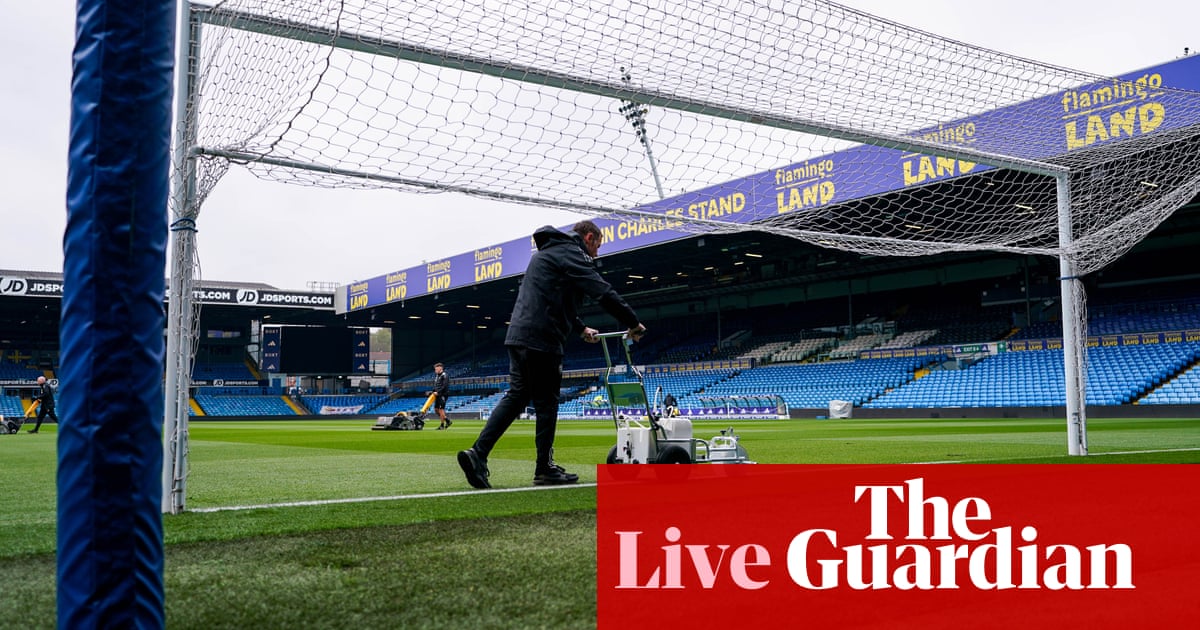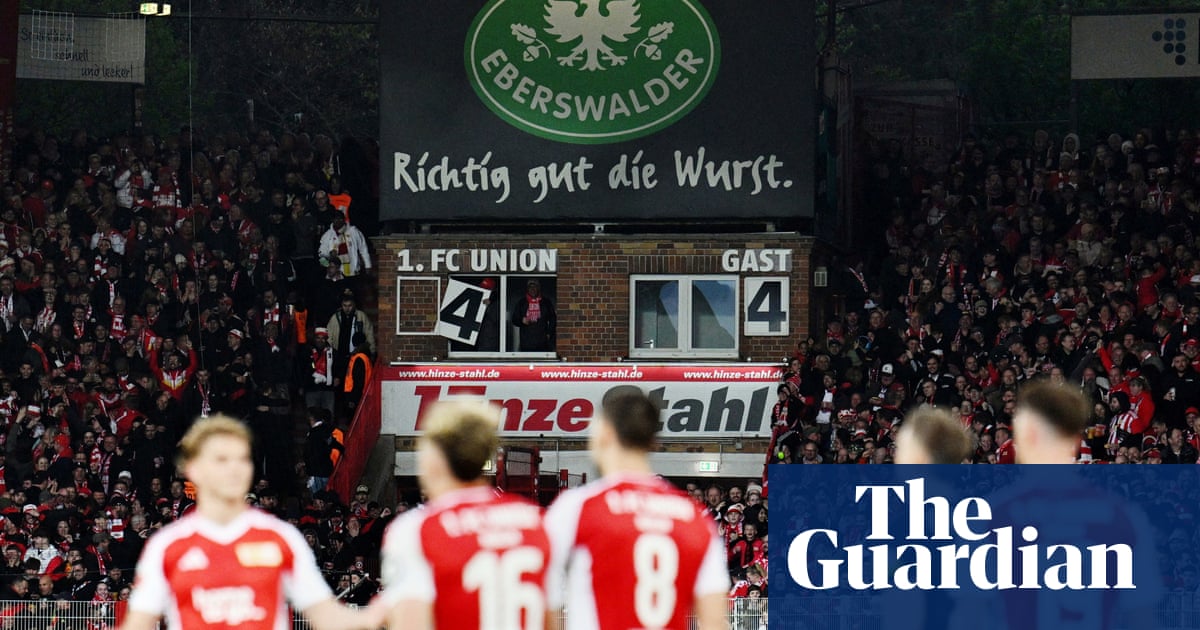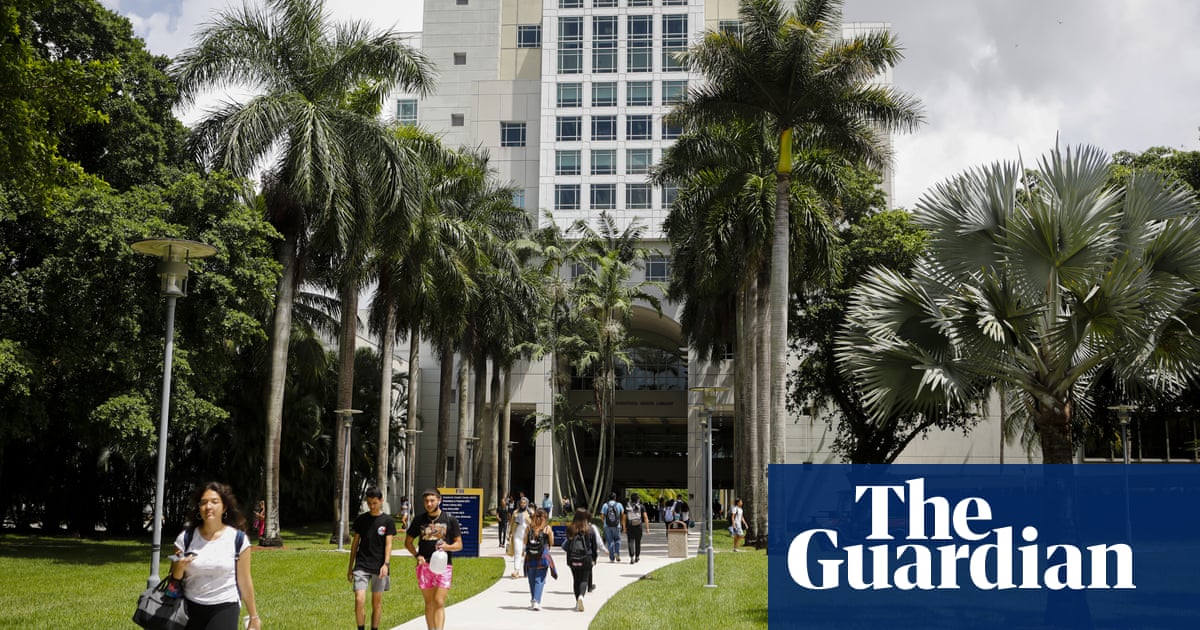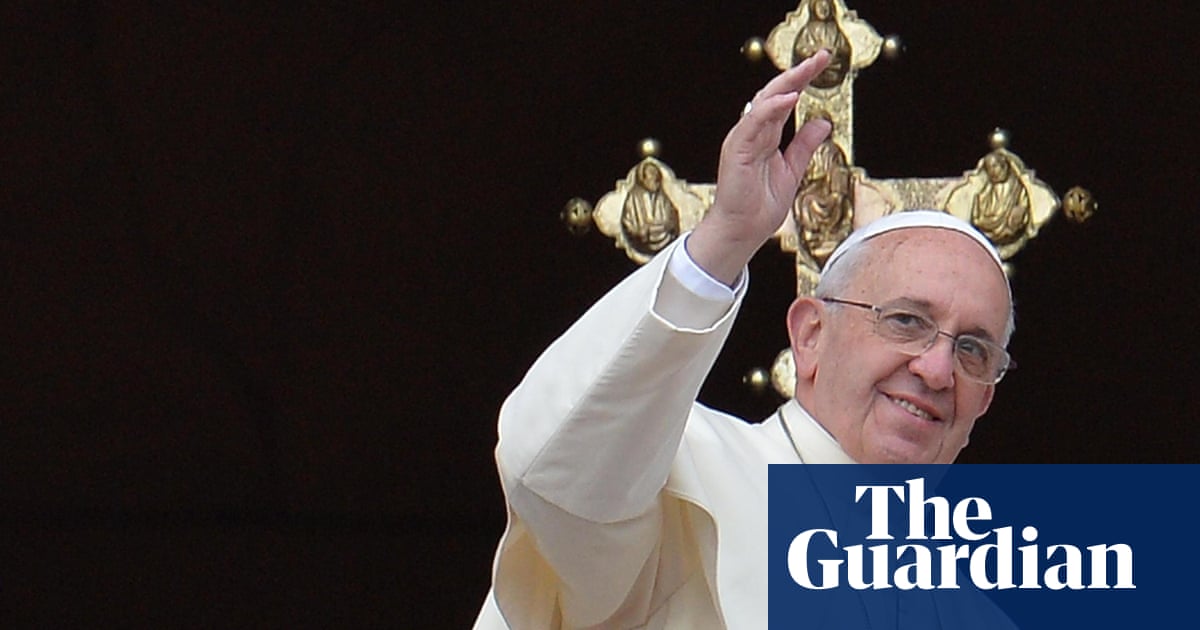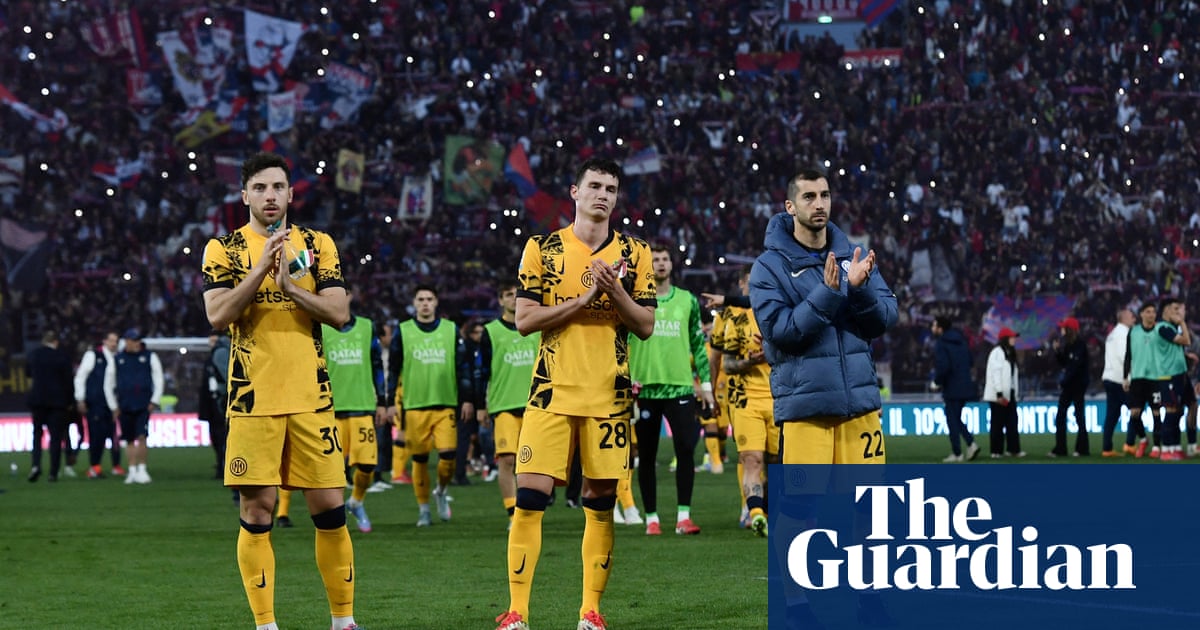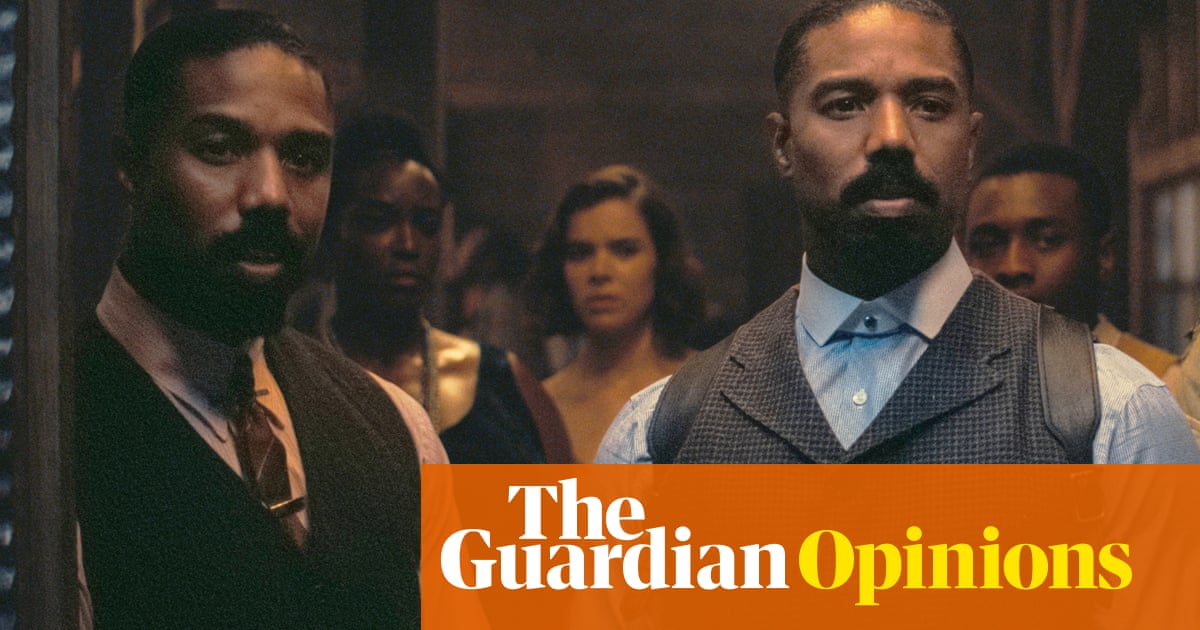When category 4 Hurricane Beryl hit the Caribbean last June, the three-island nation of Grenada bore the brunt of its wrath. At the time, the country’s prime minister, Dickon Mitchell, described the destruction as “almost Armageddon-like”. On the small island of Carriacou, it was estimated by officials that more than 90% of the buildings were damaged or destroyed. Agriculture and infrastructure for electricity and communication were almost completely wiped out.
Nearly a year on, there are some signs of recovery and rebuilding, but hollowed-out buildings, roofless houses and charred, dying mangroves tell the story of a community that is still coming to grips with the devastation.
Some people are still living in tents. Artists Michael Alexander and Yolanda VendenDunden pitched theirs on the foundations of one of the many houses demolished by the hurricane.
VendenDunden had just moved to the island from the Netherlands when authorities announced Beryl was coming. The artists say the hurricane was much worse than they expected.

“The roof started to shake, and the walls caved in. Yolanda passed out,” said Alexander.
They survived, but they lost their home and many of their possessions. Suddenly homeless, they decided to live in the tent, with a makeshift bathroom and kitchen beside it. “I built up back the kitchen and bathroom from the pieces of the house and blocked it off so the lady could get privacy. And we sleep in the tent,” said Alexander.
The tent gives them some privacy, but it gives them no refuge from the oppressive heat. And local farmers say that heat is causing droughts which are worse every year.
Gifford Andrew, a farmer on Carriacou, said the combination of hurricanes and water shortages makes farming extremely challenging.

“I lost everything in Beryl. Now I’m trying to put the pieces back together, but I have to deal with the drought. Every single year it’s worse, and it means a lot more water is needed to water my plot. It’s really hard,” he said.
The triple whammy of hurricanes, drought and coastal erosion makes the island one of the starkest examples of climate crisis challenges, said Carriacou government official and environmentalist Davon Baker. “The impact of climate change has been pretty severe. In addition to hurricanes, we are losing a lot of beach space to rising sea levels, and we are having extreme and intense dry seasons, which affect our farming and ability to produce food,” he said.
In the face of these serious and multiple climate crisis-related threats, Grenada’s prime minister has been advocating for more support from rich countries, which he said had built their wealth by polluting the planet. Grenada last year joined other vulnerable countries in a landmark case at the international court of justice which seeks to hold polluting countries accountable for their roles in the climate crisis.
At the same time as that push for climate accountability, Caribbean leaders have been stepping up their pursuit of reparatory justice over the centuries-long transatlantic slave trade, which saw more than 12.5 million Africans kidnapped, forcibly transported to the Americas and sold into slavery. They argue that enslavement and colonisation are still having detrimental impacts on their countries’ social and economic development.
Now some in the reparations movement are arguing that the two efforts are part of the same struggle. Arley Gill, the head of the Grenada Reparations Commission, has pointed said there was an “inescapable” link between the pursuit of justice for enslavement and justice for climate change.

Gill argues that the Industrial Revolution is linked to both slavery and the climate crisis and that the Caribbean’s underdevelopment – itself a legacy of colonialism and enslavement – hampers the region’s ability to deal with the effects of the climate crisis.
after newsletter promotion
“Our climate change challenges can be traced to the Industrial Revolution. And the Industrial Revolution in Europe was fueled by the Atlantic slave trade and slavery. Black people were enslaved in the Caribbean to export cotton and sugar. These raw materials – which were then refined in the factories in Europe and consumed in Europe and sold all over the world – came from the very crimes of humanity which we speak of and for which we claim reparative justice. So that there is an inevitable link between reparative justice and climate change.”

He added: “More than that, the harm which was caused by the Atlantic slave trade and slavery created a vulnerable environment in the Caribbean. In other words, we lack the resources to address the effects of climate change – and the reason we lack the resources is partly or mostly due to underdevelopment, which was caused by the Atlantic slave trade.”
For people in Carriacou who are suffering the ill effects of the climate crisis, the issue has become a matter of survival.
Sitting in his office in Carriacou, Tevin Andrews, the minister for Carriacou and Petite Martinique, described how he lost a close friend to Beryl.
The island, he said, is surviving on hopes and prayers.
“Every single year from July to December, we have to, as we say it in the Caribbean, ‘ban our belly’ and pray to our God, hoping that nothing strikes us. So we know, first-hand, the experience of climate change, the rising temperature, the rise in sea levels and the devastation that is caused by hurricanes,” he said.
Criticising the slow pace of action on the climate crisis and reparations, Andrews said rich countries “built their wealth on our backs, from our hard work and left us high and dry with no infrastructure, with no educational infrastructure”.
The lack of engagement and action by richer countries and former colonisers “sends a clear message that really and truly they don’t care about us”, he said.
“Their actions have us where we are. And we are going to continue to suffer. We are going to continue to get strong hurricanes. We are going to continue to lose our shorelines. Our islands will disappear.”

 3 hours ago
4
3 hours ago
4
